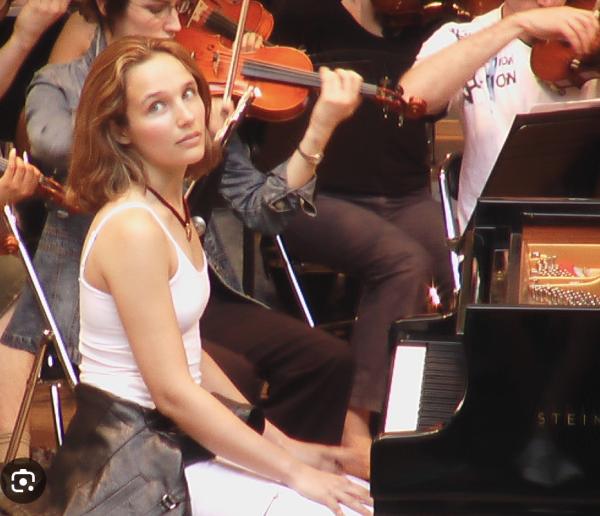Last night, as I was suffering through a performance of a Stravinsky symphony at Carnegie Hall (OK, Stravinsky fans — I don't want to hear it. And no death threats either, please), I noticed that some people were sitting there in orgasmic bliss listening to what sounded to me a cross between cats in a dryer, and a hubcap recycling plant.
This got me wondering why I was counting the minutes (seconds?) until the torture piece was over but will listen to the 35 minutes of Rachmaninoff's Second Piano Concerto without even breathing, and never tire of Beethoven's 6th (Pastoral) Symphony, or anything by Mozart.
How can people react so differently to the same piece of music? Much of it is obviously taste, but is there something more going on? Maybe so. It turns out that people hear music in very different ways.
Here are some fascinating examples:
- Congenital Amusia—(tone deafness) — Yes, there really are people who are tone deaf. About 4 percent of the world suffers from this strange affliction, which must be somewhat analogous to color blindness for people who view art. People who are tone deaf can tell if a note if is higher or lower than another note, but cannot hear the pitch. An octave will sound pretty much like a major 7th, which most of us find unpleasant to hear. And, they would also be unable to tell the difference between a C -major chord and a C-minor chord — something that the rest of us would notice immediately. A 2002 paper in the journal Neuron describes a case study of an amusic woman, and the researchers' attempts to explain the affliction by using visualization of the brain as well as functional tests.
- Perfect Pitch — On the other end of the spectrum is a rare group of people with perfect pitch. Only one in 10,000 people have it (I was one of them), and it has a large genetic component. The term is widely misunderstood. Contrary to popular belief, perfect pitch —the ability to identify notes without seeing them being played, or hearing a reference tone — is completely different from relative pitch, aka, a "good ear" — being able to tell if a note is even slightly off. People with perfect pitch do not necessarily have good relative pitch, but they usually do. Piano tuners must have good relative pitch, but very few have perfect pitch.
I find it fascinating that the two senses do not even come from the same region of the brain. Although the consensus is that you are either born with or without perfect pitch — it cannot be learned — there is some controversy about this. And even those born with this innate ability must be exposed to music early in life, or it will not develop. Those who have this strange ability will partly lose it starting at about age 40. At this point, people with perfect will still be able to identify a note out of the blue, but it will be a half-note off — something that is universally disturbing to those of us who were accustomed to getting it right. I guess this could be called "imperfect perfect pitch."
- Synesthesia — Technically, synesthesia is a rare occurrence when the stimulation of one sense also activates a second, different sense. This is often manifested in musicians when they hear different notes and simultaneously visualize them as different colors. One such musician is the extraordinary French pianist Hélène Grimaud (see video at the bottom), who uses this "sixth sense" to help her memorize music scores. Musicians with synesthesia make up a rather select list. Others include Leonard Bernstein, Billy Joel, Duke Ellington, and Kanye West.
Musical Anhedonia — Some people lack the ability to enjoy music at all. It is estimated that about 2 percent of people suffer from this affliction, but it is difficult to quantify, because an unknown number of them will be tone deaf, and won't enjoy music because of this. Dr. Robert Zatorre, a neuroscientist at the Montreal Neurological Institute at McGill University, has studied this strange disorder. He ruled out other factors, such as the inability to enjoy other activities, depression, and also used specific tests to determine whether this group had the ability to perceive music.
They did. Zatorre believes that in these people, there is no neural connection between the perception and pleasure centers of the brain. Sort of like me during the Stravinsky symphony.
Special treat: Here is a remarkable 11-minute video—Hélène Grimaud playing the second, and most famous movement (you will recognize part of it) of Rach 2. Don't miss it. You will thank me.
Rachmaninoff Piano Concerto No. 2 in C Minor Helene Grimaud with The Lucerne Symphony Orchestra (2008)




